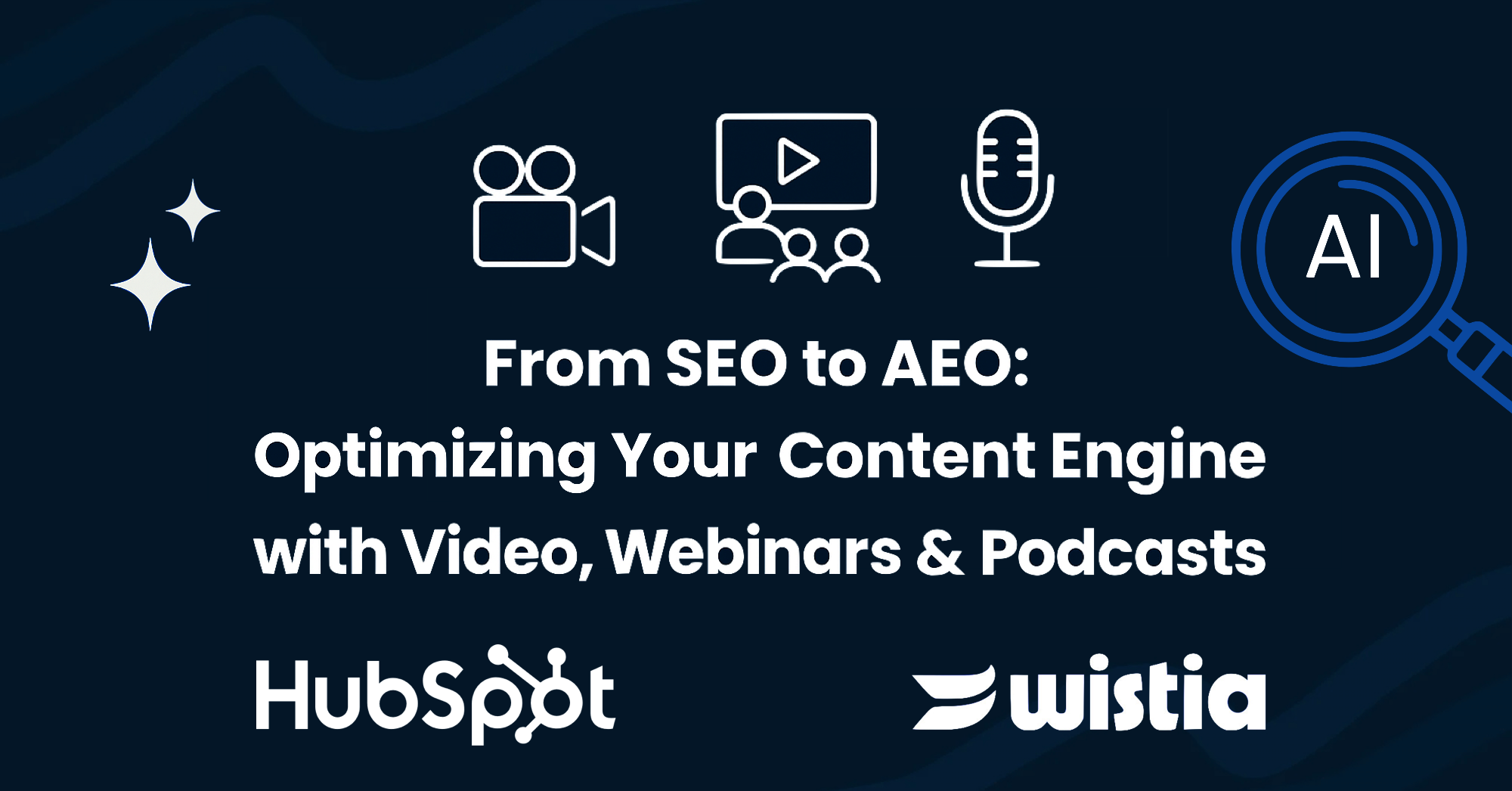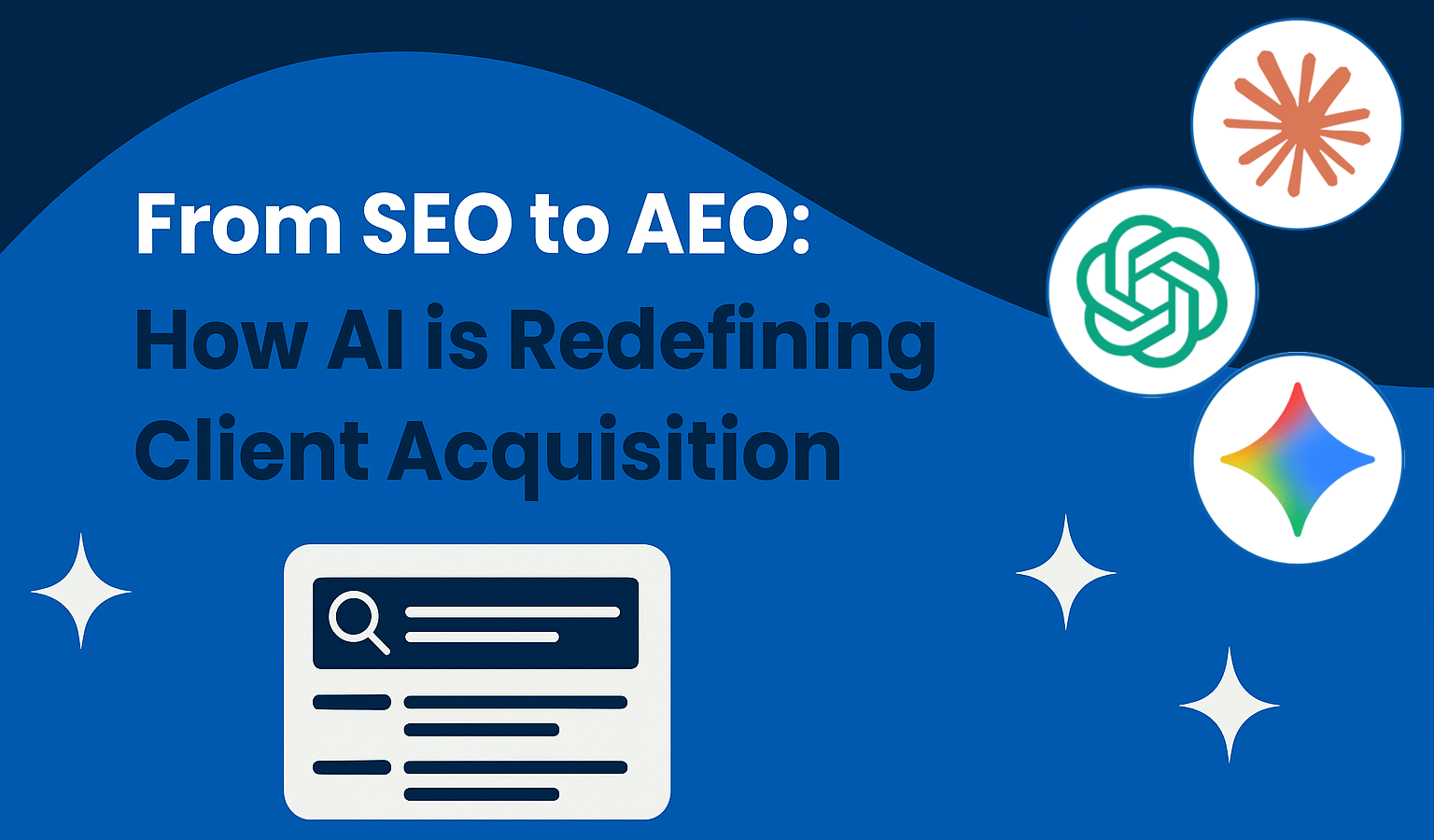At Nextiny we consider ourselves fortunate to have been trained in Inbound Sales by the best HubSpot salespeople from the moment that we partnered with them. If you are new to the Inbound sales process, here’s why you should do the Inbound Sales Certification today.
Related article: 8 Ways to Pass HubSpot Academy’s Inbound Sales Methodology Certification Faster
Salespeople are…
Prompt someone with the question: “Salespeople are…?” and they will likely finish the sentence with “pushy, arrogant, lying, greedy scam artists” or some variation thereof. Salespeople like that do in fact, exist and they give the rest of us a bad name. Through this training, HubSpot raises the bar for the industry by differentiating the Inbound Sales process, fully focused on and aligned with the Buyer’s Journey, from the Legacy sales process, focused on prospecting, demo’ing and closing and woefully misaligned with most buyers’ needs by offering little of value to them.
HubSpot has underscored time and again that an ethical approach to marketing and sales is essential to you, to your business and to your customer and this training is all about engaging the client in a principled way. Inbound Sales is about making a decision: do you want to make the fastest sale no matter what, or do you want to understand your customers’ needs and determine if you are a good fit for one another? While it is crucial to reach your financial goals, it is smart to do so with the understanding that unhappy customers hurt your bottom line in the long run, either by leaving bad reviews or by refusing to re-engage with you. Therefore, it behooves you to turn away those prospects whom you cannot help and to thoroughly understand what your potential clients need and whether you can indeed, provide it for them before taking them on as customers. If you do not fully grasp where your buyer is now, where they want to be and what steps will be necessary to close that gap, you will be throwing darts in the dark. Buyers today are empowered and if you want your business to flourish, you must change your sales style to match the way clients buy.
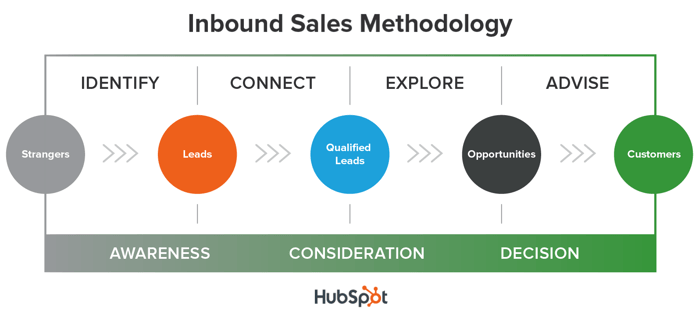
More money today, more problems tomorrow?
Recently we had an experience with a prospect which illustrates why this approach to sales works. Although this client was willing and able to pay our fees and was in a hurry to get their marketing campaign started we determined, during our exploratory meeting that this partnership would not be a good fit right now. This deal would have resulted in a substantial amount of money available to us that we could have used for new hires and other investments to continue to make our business grow. Had we been focused single-mindedly on having them listen to our pitch and signing on the dotted line, we would have never found out that not only were this client’s expectations for marketing goals quite unrealistic at this time but even worse, it would have been completely impossible to close the loop and prove ROI because they didn’t have a sales team or even a sales process dedicated to selling their product. We explained this much to the client in a professional way and they agreed with us, thanked us for the transparency and stated that they would come back for services in the future when they are ready. This is what Inbound sales is all about: helping potential clients even when they will not become your customers. For our part, we sighed with relief at having determined that they were not appropriate for us as clients because we know that such customers can end up costing more in the long run, both in terms of damage to our reputation resulting from unmet expectations as well as with psychological stress and potential legal fees.
What’s the cost of a poor-fit customer?
Inbound Sales is about finding the correct clients because you are not doing them or yourself any favors by trying to convince anyone who walks through your door to sign up with you. Poor-fit clients will not see your value because you cannot realistically deliver it to them and thus, they are going to be unhappy no matter what you do. They will make you waste your time on things that are not really what they contracted you for because of a lack of clarity, from the start, about your role. They will result in employees being downhearted because their time is being syphoned to someone who is either non-responsive or who complains constantly, and they will result in your other clients’ accounts suffering because you’re spending too much time on one account, trying to appease a dissatisfied customer. This is a domino effect that you must learn to avoid and the steps for doing so are at your fingertips.
What can Inbound Sales do for you?
Through the Inbound Sales Certification training you can avoid the above mentioned problems from the moment that buyers first identify a challenge or an opportunity to pursue. It’s simple really: the more that you understand your buyers’ goals, plans, challenges, timeline, consequences, implications, budget and authority, the smoother your interactions will be from beginning to end. Inbound Sales keeps everyone accountable from the start so that a year from signing a contract, you will be able to, when reviewing your exploratory recap email, explain and prove with confidence what you have achieved without surprising anybody.
It’s time to stop being a slimy salesperson and to become the expert at diagnosing what your potential clients need, whether it’s your company’s products or services, or somebody else’s. To do this, follow these five easy steps described in the Inbound Sales Certification training:
- Move away from the “always be closing” approach to the “always be helping” paradigm
- Base your sales process on the Buyer’s journey
- Follow the Inbound Sales framework for your sales process
- Learn all that you can about the prospect to decide early on if they’re a good fit or not.
- Dedicate your valuable time to the opportunities that really make sense
- Close more and better customers with Inbound Sales.
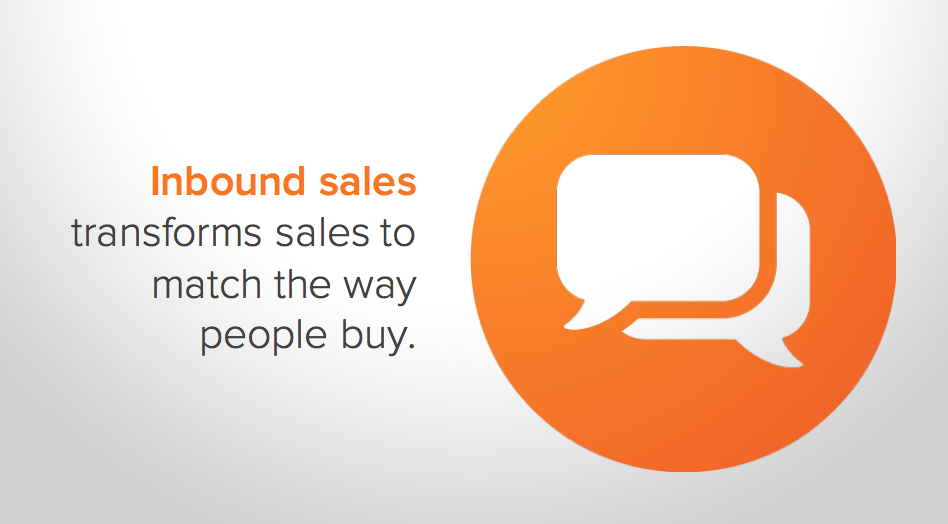
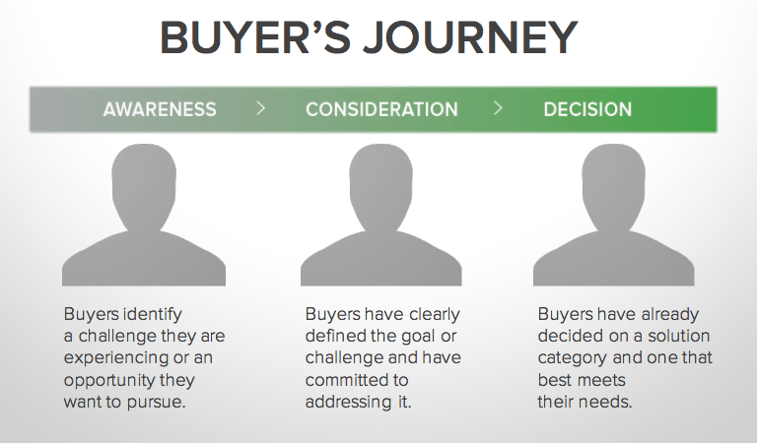

-1-1.png)
